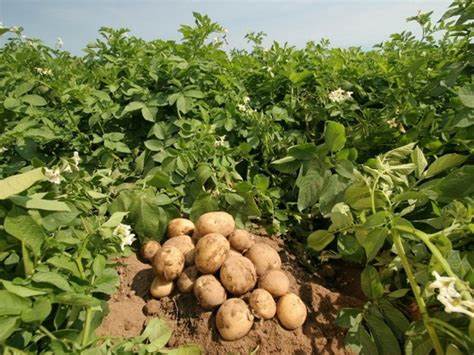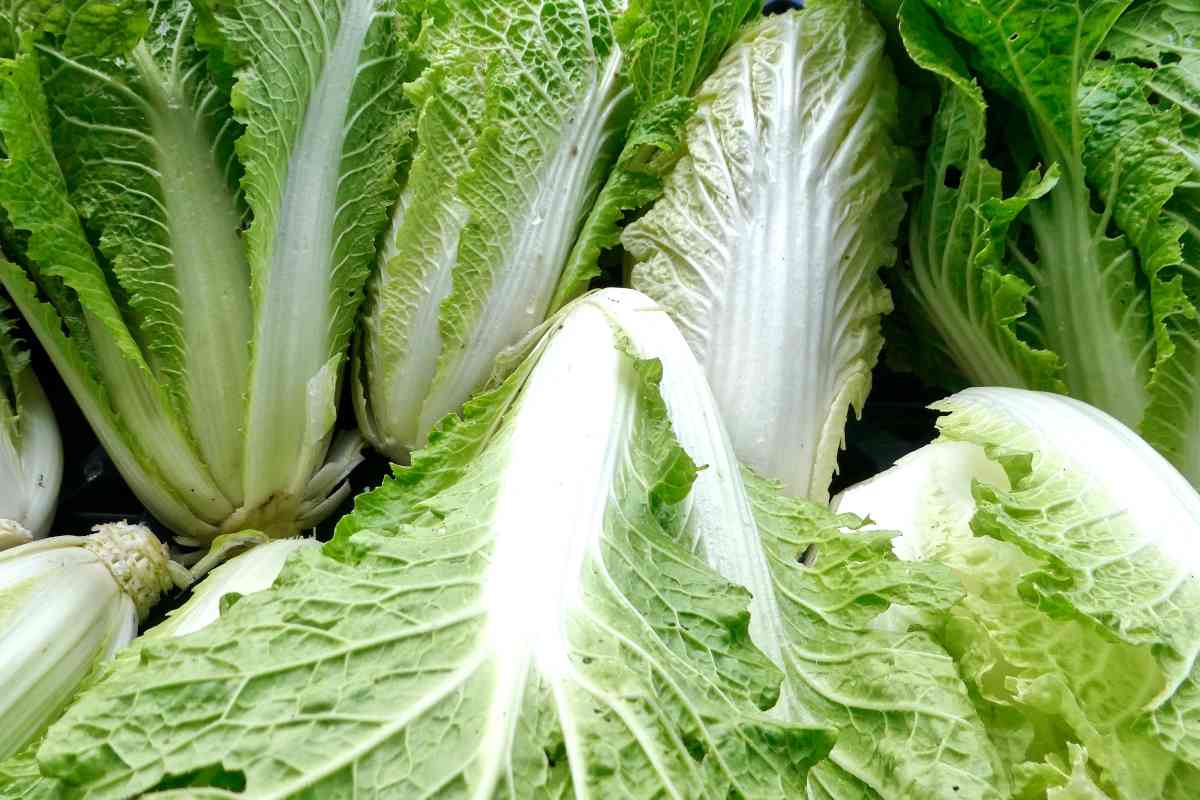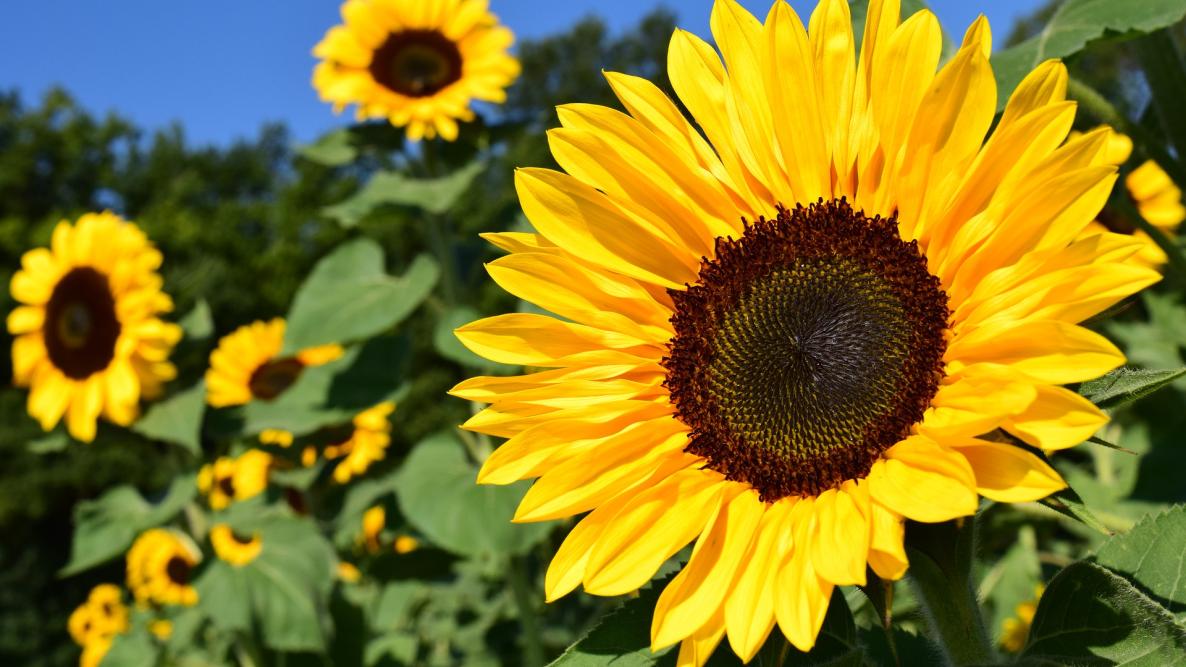IRISH POTATOE GROWING IN ZAMBIA

- Kasalwe Mkandawire
- 16 Feb, 2024
Irish potatoes can be grown throughout the year in Zambia, except when the country experiences frost (temperatures below 7 degrees Celsius) that have the potential to slow down growth and kill leaves leading to reduced yield. In Zambia frost is most likely to occur between May and July.
George Simutengu a Serenje based farmer takes us through this journey of growing of Irish potatoes.
SOIL REQUIREMENTS
Irish potatoes can be grown on a variety of soils including clay, sandy and even pure composites, but they perform very well in loamy sandy soils with good drainage and good moisture retention capacity. Whichever type of soil they are planted, it should be tilled to a fine texture to allow air circulation and expansion of tubers. Where possible, it is recommended that soil be disked to loosen and allow it to form a fine texture.
The soil pH requirement for Irish potatoes is in the range 5 – 6 on the calcium chloride scale. It is recommended that soil testing be carried out to establish the soil pH and make corrections where necessary. Alkaline soils cause potatoes to have scales and rough skin, a condition called scab.
And according to Commercial Agribusiness for Sustainable horticulture, Potato plants produce highest yields during the time of the year when average day temperatures seldom go above 21˚C and nights are cool.
Cool Night Cool night temperatures are more beneficial than cool day temperatures. The most ideal temperature for tuber formation is between 15 and 18°C. Above 20°C tuber development is reduced whilst at temperatures above 29°C few tubers are formed and those that do form are poorly developed. The best temperature at which photosynthesis takes place is around 20°C.
The higher the temperature rises, the more energy is required for respiration. This use of energy prevents the build-up of starches in the tubers.
As far as yield per hectare is concerned the critical period in the growth of the plant occurs when tubers begin to form. Unfavorable conditions of heat and drought alter the shape and appearance of the tubers. Rainfall Disease pressure is high during the rainy season and can have a detrimental effect on production.
Early and Late Blight cause heavy losses in crops produced during rains. After the rainy season the first irrigated crop should also be treated against blight due to heavy dew formed at night. The dew provides good conditions for the development of blight.
The longer the growing season of the crop the higher the yield will be and the better the quality of the potatoes produced. The first and second irrigated crop have a longer growing season than the summer crop grown in Zambia.
Leave a Reply
Your email address will not be published. Required fields are marked *
.jpg)












